Organic Macromolecules Worksheet
Are you searching for an effective way to better understand organic macromolecules? Look no further! This blog post will provide you with a comprehensive organic macromolecules worksheet that helps you grasp the concepts and become an expert in this subject. Whether you are a student studying biology or a professional in the field, this worksheet is designed to cater to your learning needs and provide you with a solid foundation in organic macromolecules.
Table of Images 👆
More Other Worksheets
Kindergarten Worksheet My RoomSpanish Verb Worksheets
Cooking Vocabulary Worksheet
DNA Code Worksheet
Meiosis Worksheet Answer Key
Art Handouts and Worksheets
7 Elements of Art Worksheets
All Amendment Worksheet
Symmetry Art Worksheets
Daily Meal Planning Worksheet
What are organic macromolecules?
Organic macromolecules are large complex molecules that are primarily made up of carbon atoms bonded with other elements such as hydrogen, oxygen, nitrogen, phosphorus, and sulfur. These macromolecules include carbohydrates, lipids, proteins, and nucleic acids, which are essential components of all living organisms and play crucial roles in various biological processes and functions.
Give an example of an organic macromolecule.
An example of an organic macromolecule is DNA (Deoxyribonucleic acid). DNA is a nucleic acid that contains the genetic instructions for the development, functioning, growth, and reproduction of all living organisms. It consists of two long chains of nucleotides that are twisted into a double helix structure. DNA is essential for storing and transmitting genetic information in cells.
What is the primary function of carbohydrates?
Carbohydrates serve as the main source of energy for the body, providing fuel for the brain, muscles, and various other tissues. They are broken down into glucose, which is used by cells to produce ATP, the primary energy currency of the body. Additionally, carbohydrates play a role in supporting the immune system, regulating digestion, and helping with the proper functioning of the nervous system.
Name a type of lipid and describe its role in the body.
Phospholipids are a type of lipid that play a crucial role in the body as they are the main component of cell membranes. Phospholipids form a barrier around cells, controlling what enters and exits the cell, and also help maintain cell structure and function. Additionally, phospholipids are involved in signaling pathways within cells and are essential for the transport of fat-soluble vitamins.
What is the basic building block of proteins?
The basic building block of proteins is amino acids. Proteins are composed of long chains of amino acids, which are linked together by peptide bonds. There are 20 different types of amino acids that can be combined in various sequences to create a wide range of proteins with different structures and functions.
Explain the importance of enzymes in biological reactions.
Enzymes play a crucial role in biological reactions by acting as catalysts, accelerating the rate of chemical reactions in living organisms. Enzymes lower the activation energy required for a reaction to occur, making processes such as metabolism and protein synthesis more efficient. They are highly specific, catalyzing specific reactions without being consumed in the process. This specificity allows enzymes to regulate and control the flow of biochemical reactions in cells, ultimately enabling essential functions such as digestion, respiration, and cell growth. Thus, enzymes are vital in maintaining the delicate balance of biochemical pathways and sustaining life processes in organisms.
How are nucleic acids involved in the storage and transmission of genetic information?
Nucleic acids, such as DNA and RNA, are essential biomolecules that store and transmit genetic information in all living organisms. DNA stores genetic information in the sequence of its nucleotide bases, while RNA helps transmit this information by carrying out protein synthesis through the process of transcription and translation. The complementary base pairing in DNA allows for accurate replication during cell division, ensuring the faithful transmission of genetic information from one generation to the next. Overall, nucleic acids play a crucial role in the storage and transmission of genetic information, serving as the blueprint for an organism's development and function.
What is the structure of a phospholipid and how does it contribute to membrane structure?
A phospholipid is composed of a hydrophilic head group (containing a phosphate group) and two hydrophobic fatty acid tails. In a cellular membrane, phospholipids align themselves in a lipid bilayer with the hydrophilic heads facing outward towards the aqueous environment and the hydrophobic tails facing inward, creating a selectively permeable barrier. This structure contributes to membrane integrity and fluidity, allowing the passage of small, nonpolar molecules while restricting the movement of larger or charged molecules, which is vital for maintaining cellular structure, function, and signaling processes.
Describe the different levels of protein structure.
Proteins have four levels of structural organization: primary structure refers to the sequence of amino acids in the polypeptide chain, secondary structure involves folding of the chain into alpha helices or beta sheets, tertiary structure is the overall 3D shape of the protein dictated by interactions between amino acids, and quaternary structure is the arrangement of multiple protein subunits in a functional protein complex. These levels of structure are crucial for determining the function and properties of proteins in biological systems.
How do organic macromolecules contribute to the overall functioning of living organisms?
Organic macromolecules such as proteins, carbohydrates, lipids, and nucleic acids are essential for the overall functioning of living organisms. Proteins serve crucial roles as enzymes, structural components, and transporters, allowing for chemical reactions to occur, maintaining cell structure, and facilitating the movement of molecules within cells. Carbohydrates provide energy for cellular processes, as well as serving as structural components in cells. Lipids are integral components of cell membranes, help store energy, and serve as signaling molecules. Nucleic acids, namely DNA and RNA, carry genetic information and are essential for protein synthesis and cellular processes. Together, organic macromolecules play key roles in the structure, function, and overall regulation of living organisms.
Have something to share?
Who is Worksheeto?
At Worksheeto, we are committed to delivering an extensive and varied portfolio of superior quality worksheets, designed to address the educational demands of students, educators, and parents.

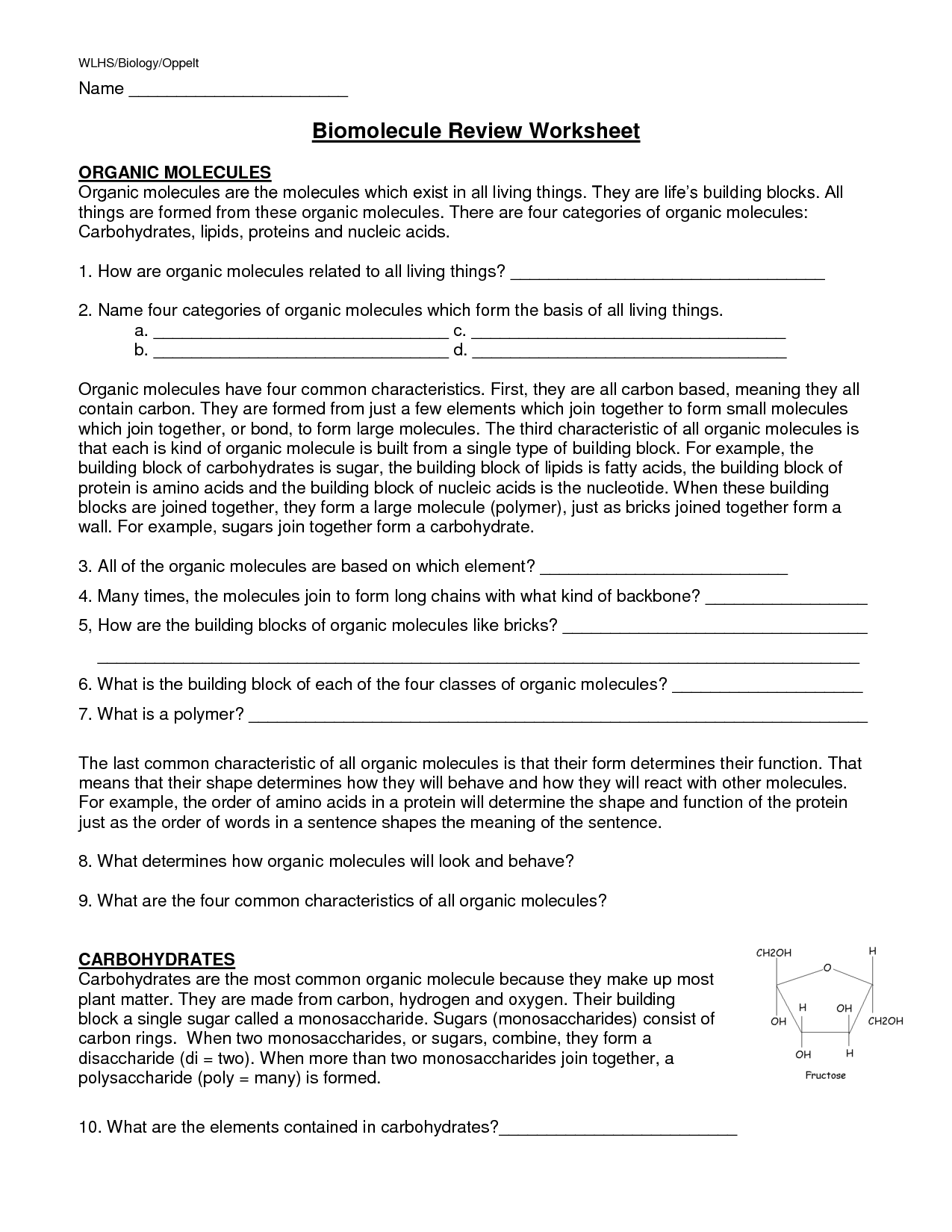




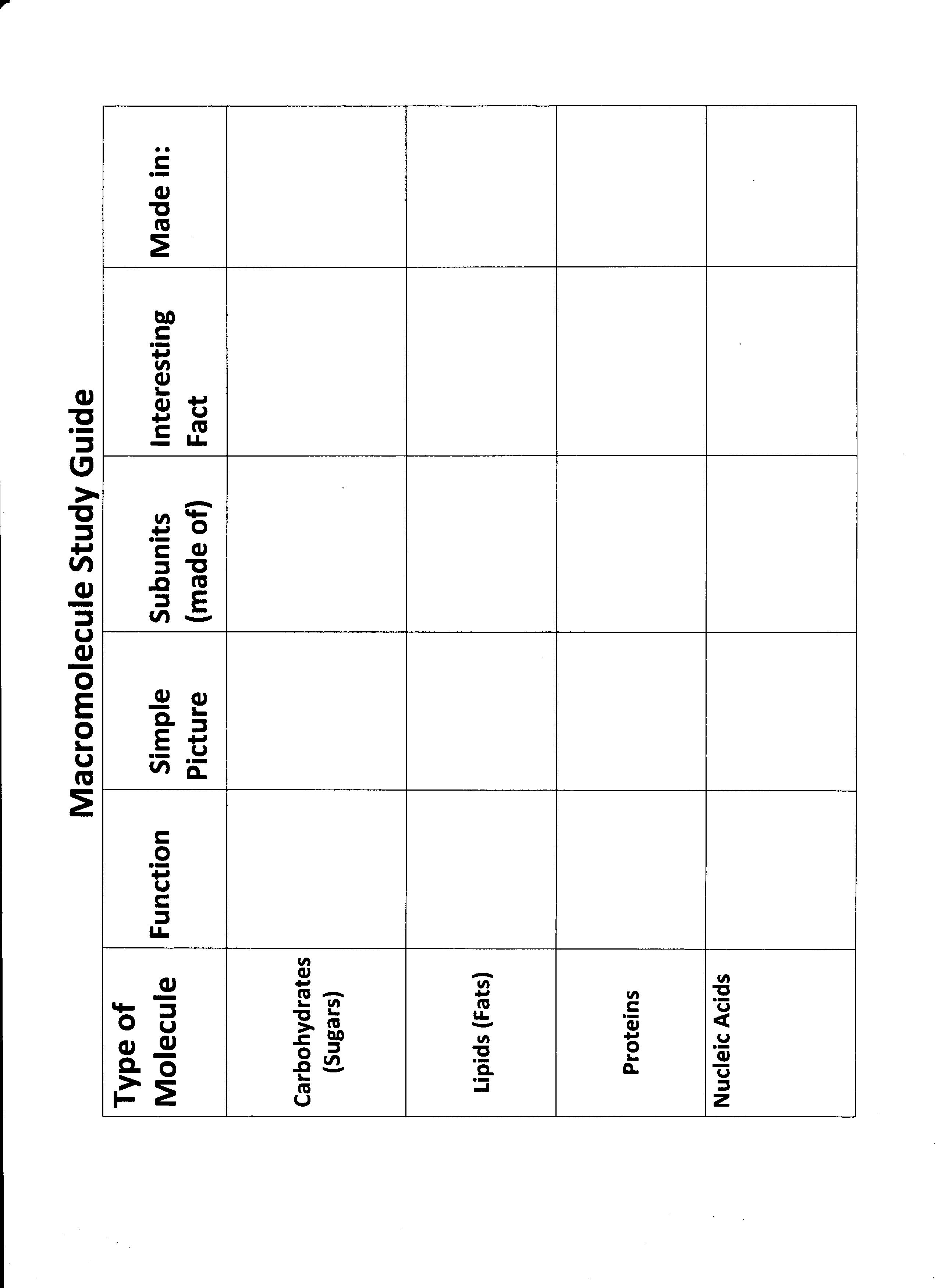


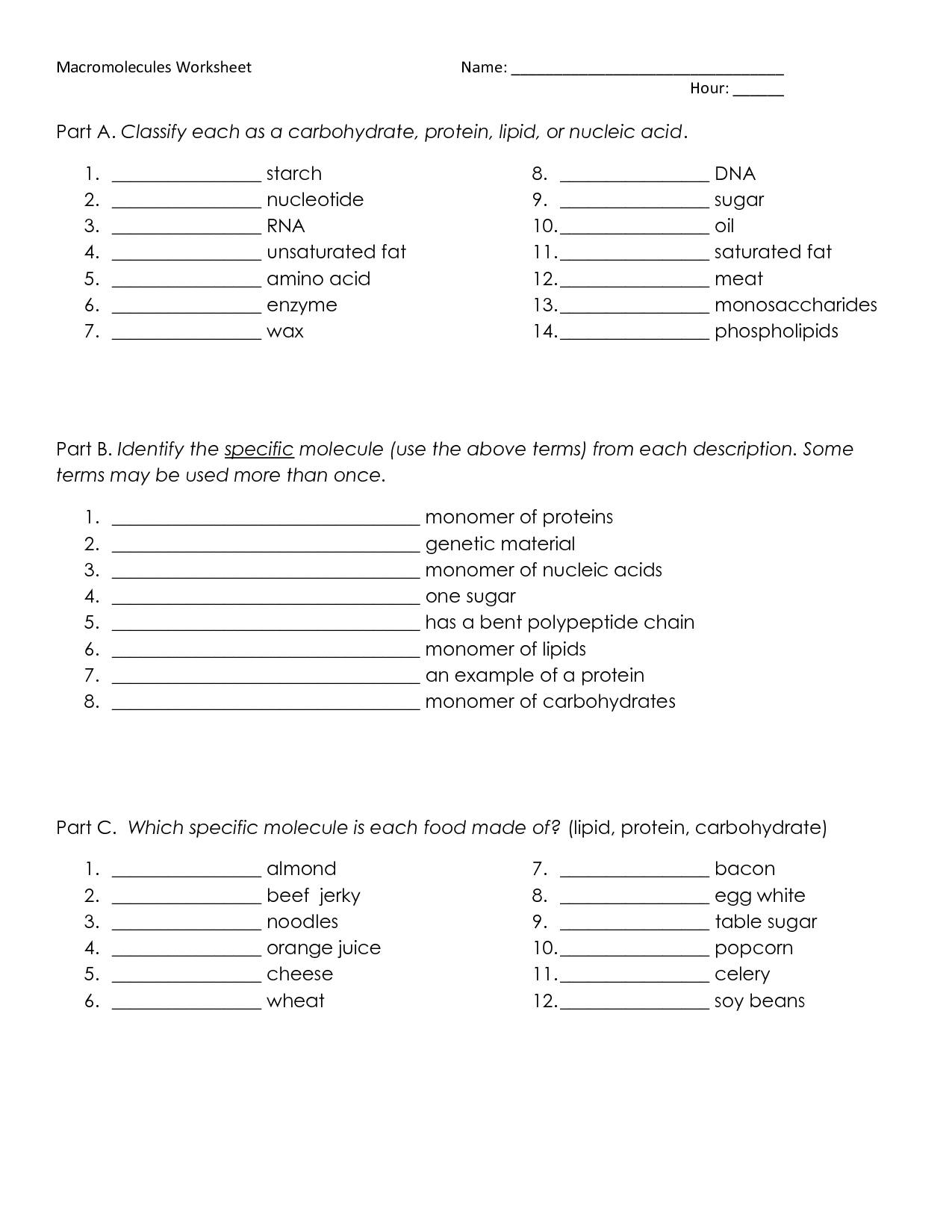
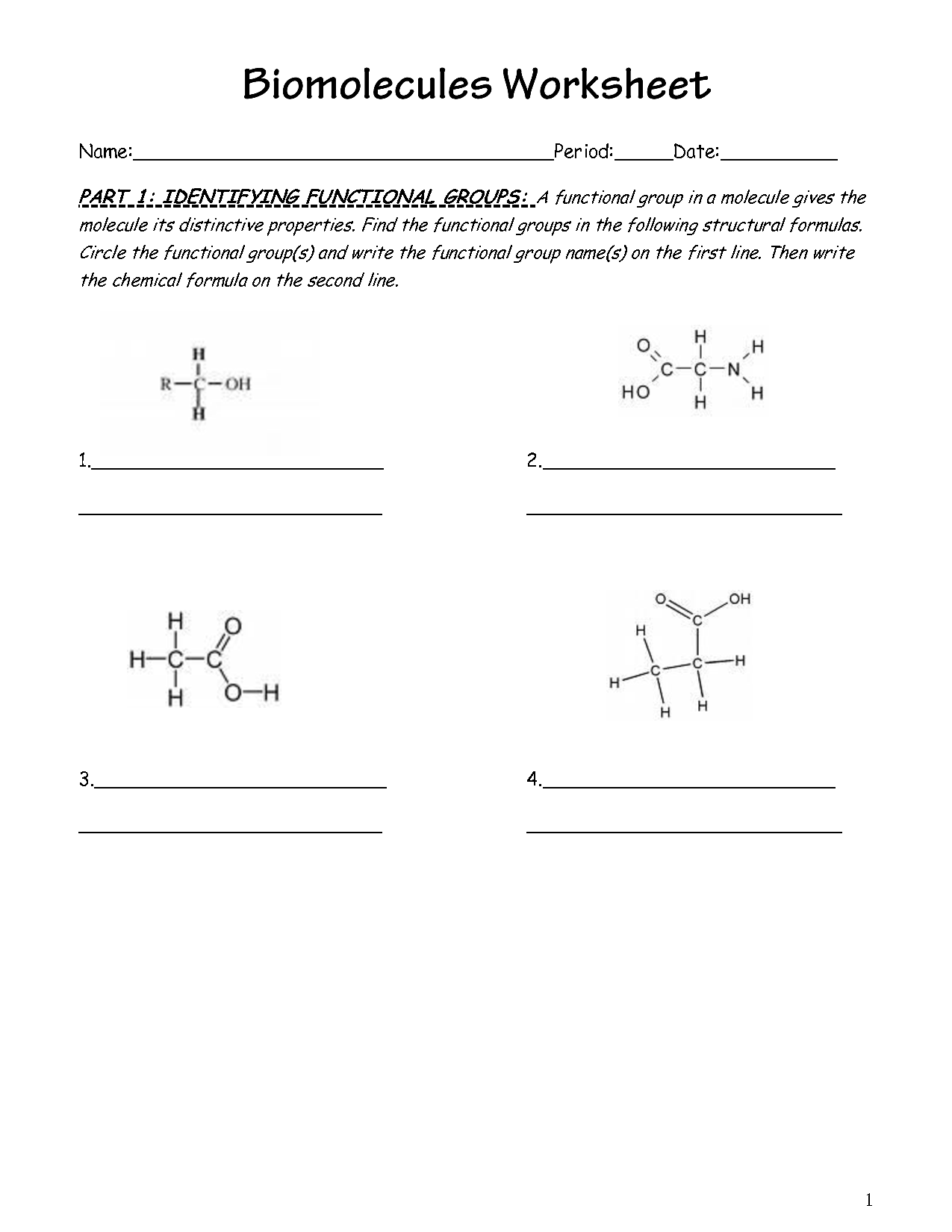

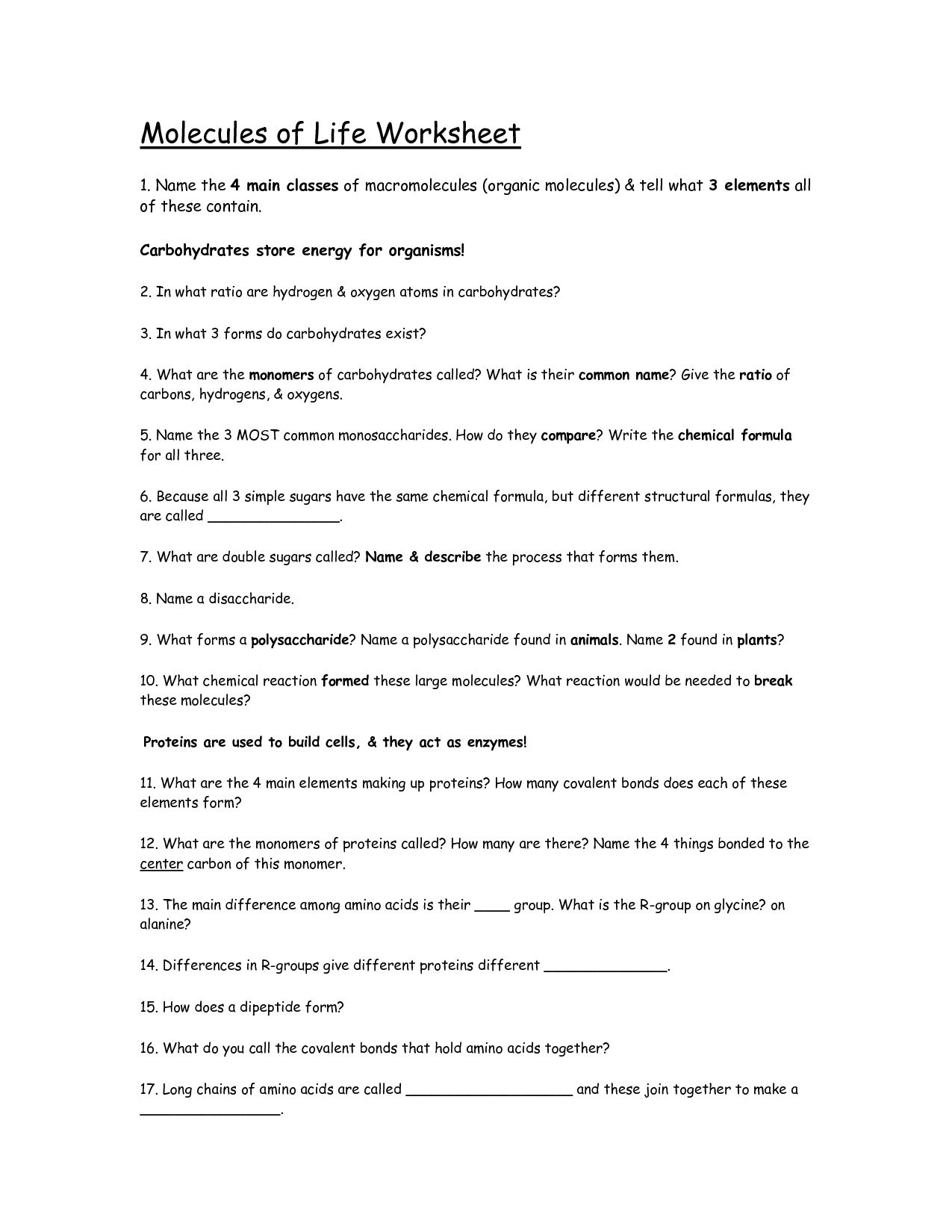

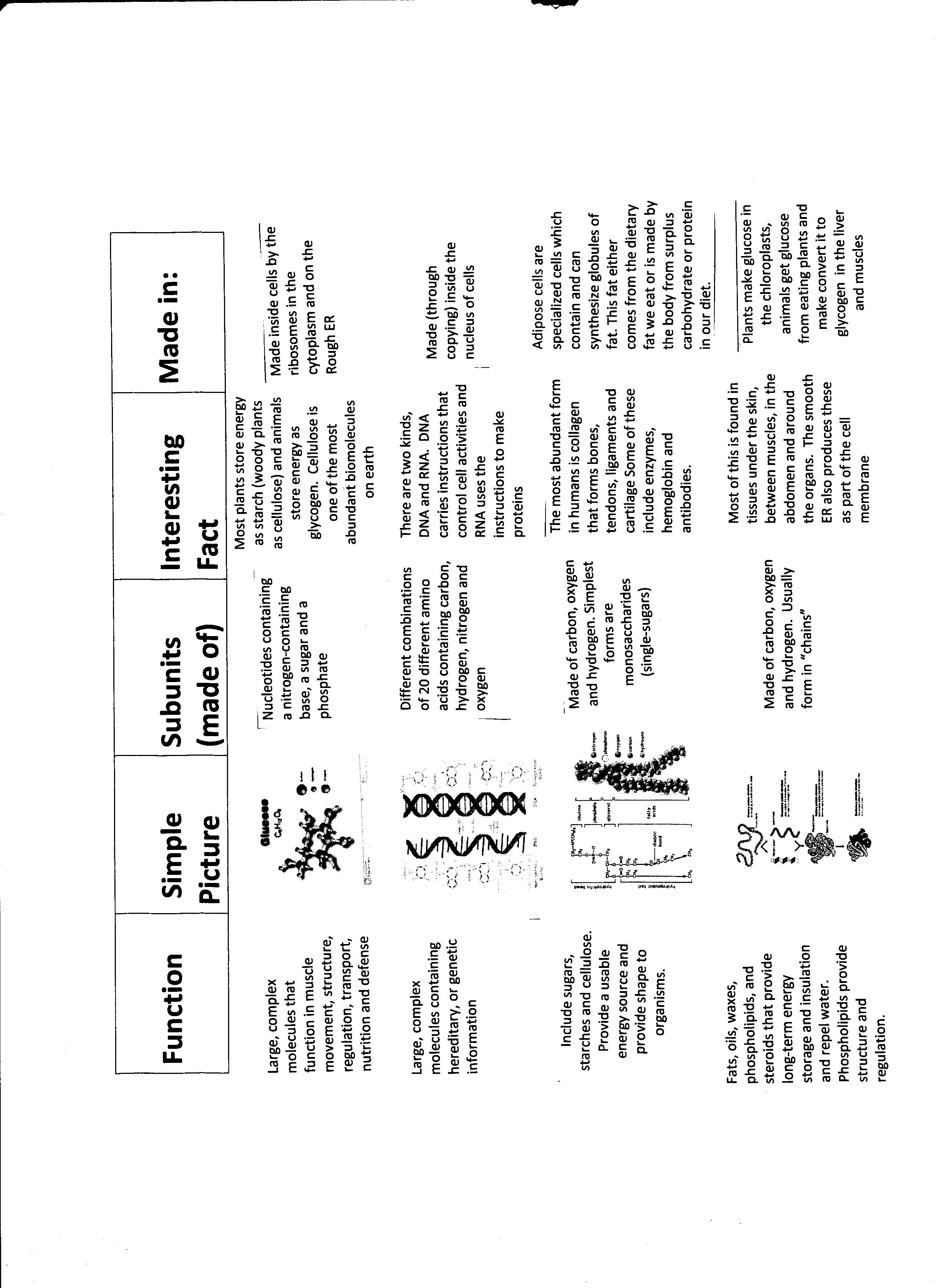














Comments